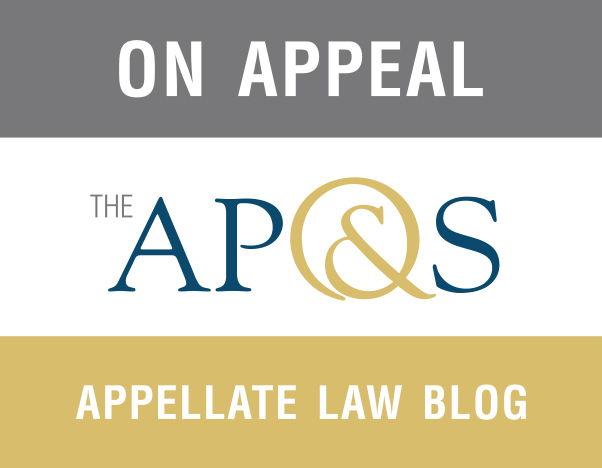Prebriefing Statements, which are sometimes referred to as Rule 12A Statements, are often viewed and treated as preliminary statements of the issues that will be later briefed on appeal. A recent Rhode Island Supreme Court Order, however, underscores the importance of a well-developed Prebriefing Statement.
In McMahon v. Deutsche Bank National Trust Company, No. 2014-208-Appeal, the Supreme Court declined to address the merits of the plaintiff’s appeal and affirmed the judgment of the Superior Court on the basis that the plaintiff’s Prebriefing Statement “failed to present any argument grounded in specific facts and law to support his claim that the Superior Court erred in granting summary judgments.”
Article I, Rule 12A(1) of the Rhode Island Supreme Court Rules of Appellate Procedure requires the submission of Prebriefing Statements. That rule provides, in relevant part: “Within twenty (20) days after the docketing of the record of an appeal with the clerk of the Supreme Court, . . . the appellant . . . shall file a statement of the case and a summary of the issues proposed to be argued.”
The Court has the authority to decide the case based on the Prebriefing Statement or it may assign the case to either the show cause or the full argument calendar. If the Court assigns the case to the show cause calendar, either party may submit a Supplemental Show Cause Statement. Rule 12A(4). If the Court assigns the case to the full calendar, full briefing is most often permitted. Rule 12A(7).
In those cases that are assigned to the show cause calendar, the Prebriefing Statement, together with the Supplemental Show Cause Statement, “‘serves as the functional equivalent of [a] brief.'” McMahon at 2 (quoting Bowen Court Associates v. Ernst & Young, LLP, 818 A.2d 721, 728 n.3 (R.I. 2003)).
In McMahon, the plaintiff submitted a Prebriefing Statement with a single paragraph that argued that summary judgment should not have been granted because the evidence “raised genuine issues of material fact” and because “adequate support” for his allegations existed. The Prebriefing Statement did not identify the genuine issues of material fact or the evidence that supported the plaintiff’s allegations. In fact, the Prebriefing Statement did not include any citations to the pleadings or to any legal authority.
In declining to address the merits of the plaintiff’s appeal, the Supreme Court noted that it “decline[s] to scour the record to identify facts in support of the plaintiff’s broad claims, and we will not give life to arguments that the plaintiff has failed to develop on his own.”
The Supreme Court’s Order in McMahon serves as a word of caution to appellate practitioners. Although a Prebriefing Statement is a “summary of the issues proposed to be argued,” which must be filed within 20 days of the docketing of an appeal, and is limited to 10 pages in length, it is a critically important filing.
In most cases, the Prebriefing Statement may be supplemented and further developed through the submission of a Brief or a Supplemental Show Cause Statement. However, in some cases, the Court may not permit further briefing, leaving the parties with only the arguments and factual and legal support contained in their respective Prebriefing Statements. Thus, the Prebriefing Statement is an important aspect of an appeal and should, in as much detail as possible, explain the bases for the party’s appeal and the factual and legal support for such bases.




